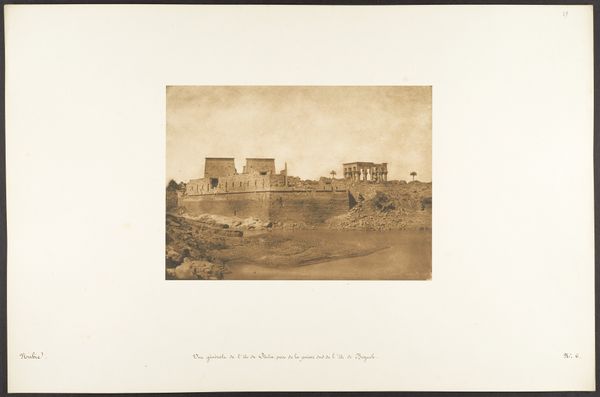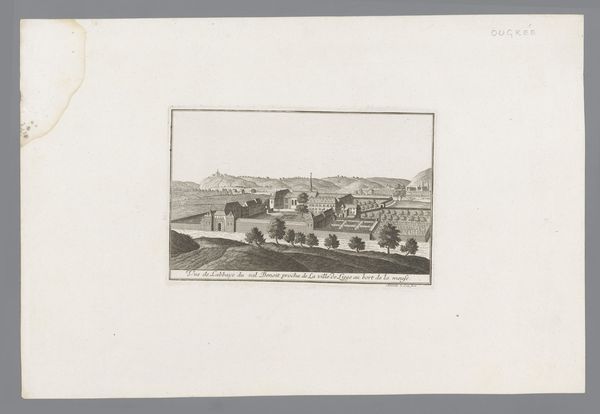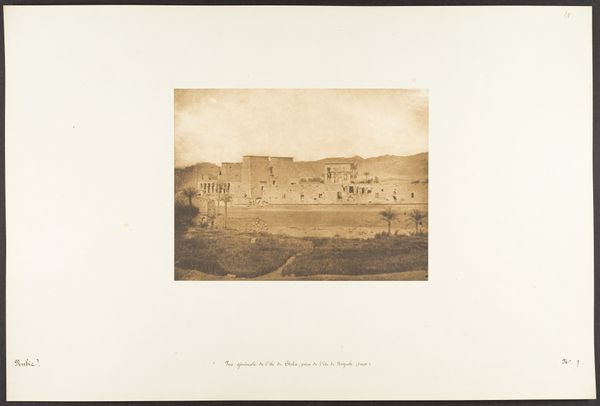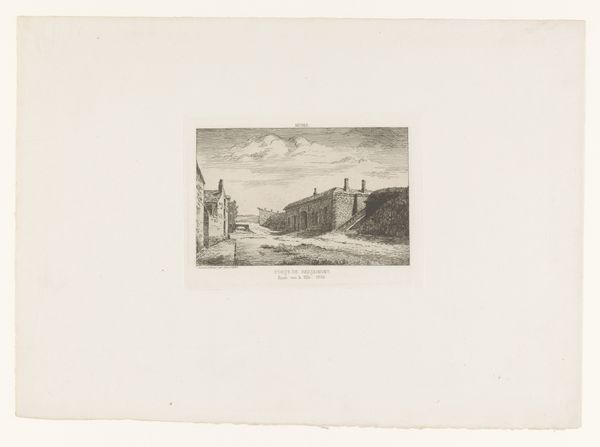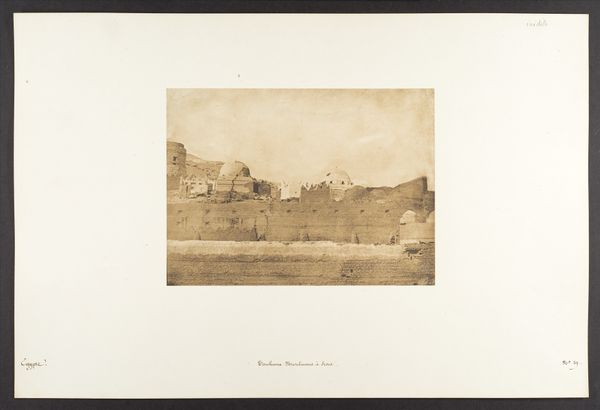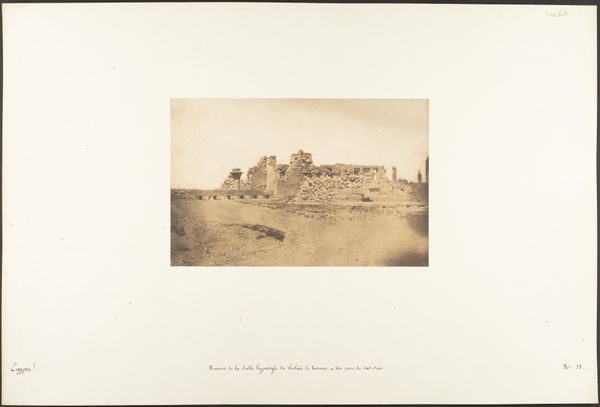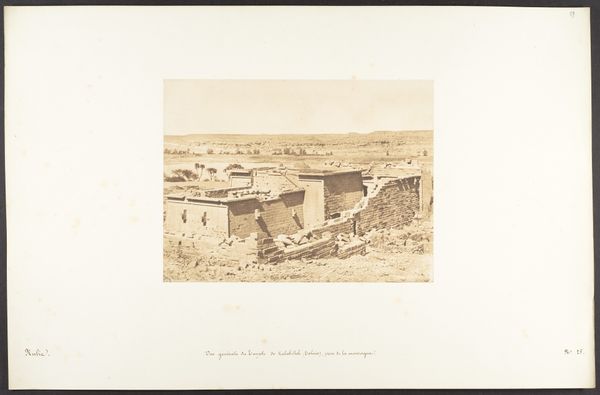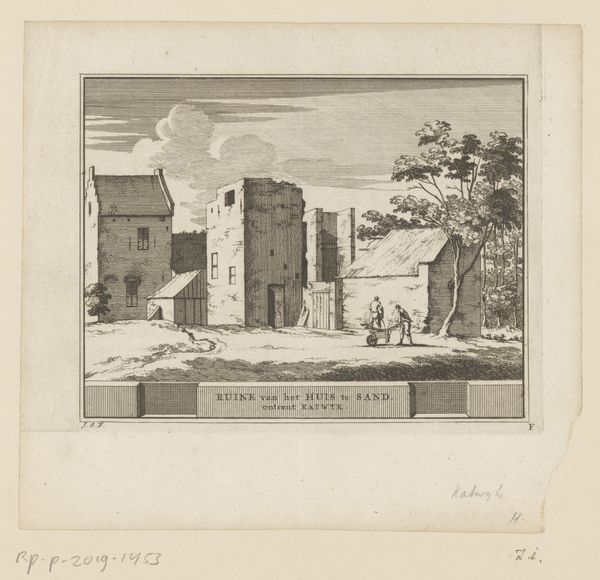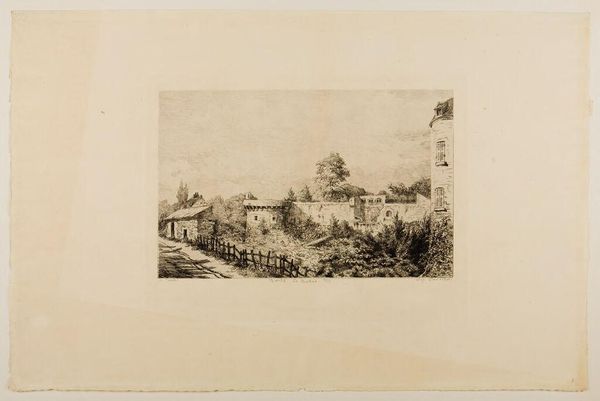
Palais et Village de Louxor, pris du Sud, Thèbes 1849 - 1850
0:00
0:00
photography, collotype, architecture
#
landscape
#
ancient-egyptian-art
#
photography
#
collotype
#
ancient-mediterranean
#
architecture
Dimensions: Image: 6 5/16 × 8 3/8 in. (16 × 21.2 cm) Mount: 12 5/16 × 18 11/16 in. (31.2 × 47.5 cm)
Copyright: Public Domain
Maxime Du Camp captured this albumen print of the Luxor palace and village in Thebes. The columns, a dominant feature, are not mere architectural supports, but profound symbols, echoing the palm fronds of ancient Egypt, reaching skyward to bridge the earthly and divine realms. Consider the evolution of the column; from the simple Doric order of Greece to the ornate Corinthian, each iteration carries forward the primal impulse to connect with higher powers. This striving for connection reminds me of the Renaissance, when artists and architects sought to revive classical forms, driven by a subconscious yearning to reconnect with a glorious past. Observe how the rhythmic repetition of the columns evokes a sense of order and stability. Yet, the ruins tell a story of decay and the passage of time. The emotional power of the image resides in this tension between permanence and impermanence, stability and ruin, evoking in us a profound meditation on the cyclical nature of civilization. These forms remind us that history is not linear but a perpetual return.
Comments
No comments
Be the first to comment and join the conversation on the ultimate creative platform.
